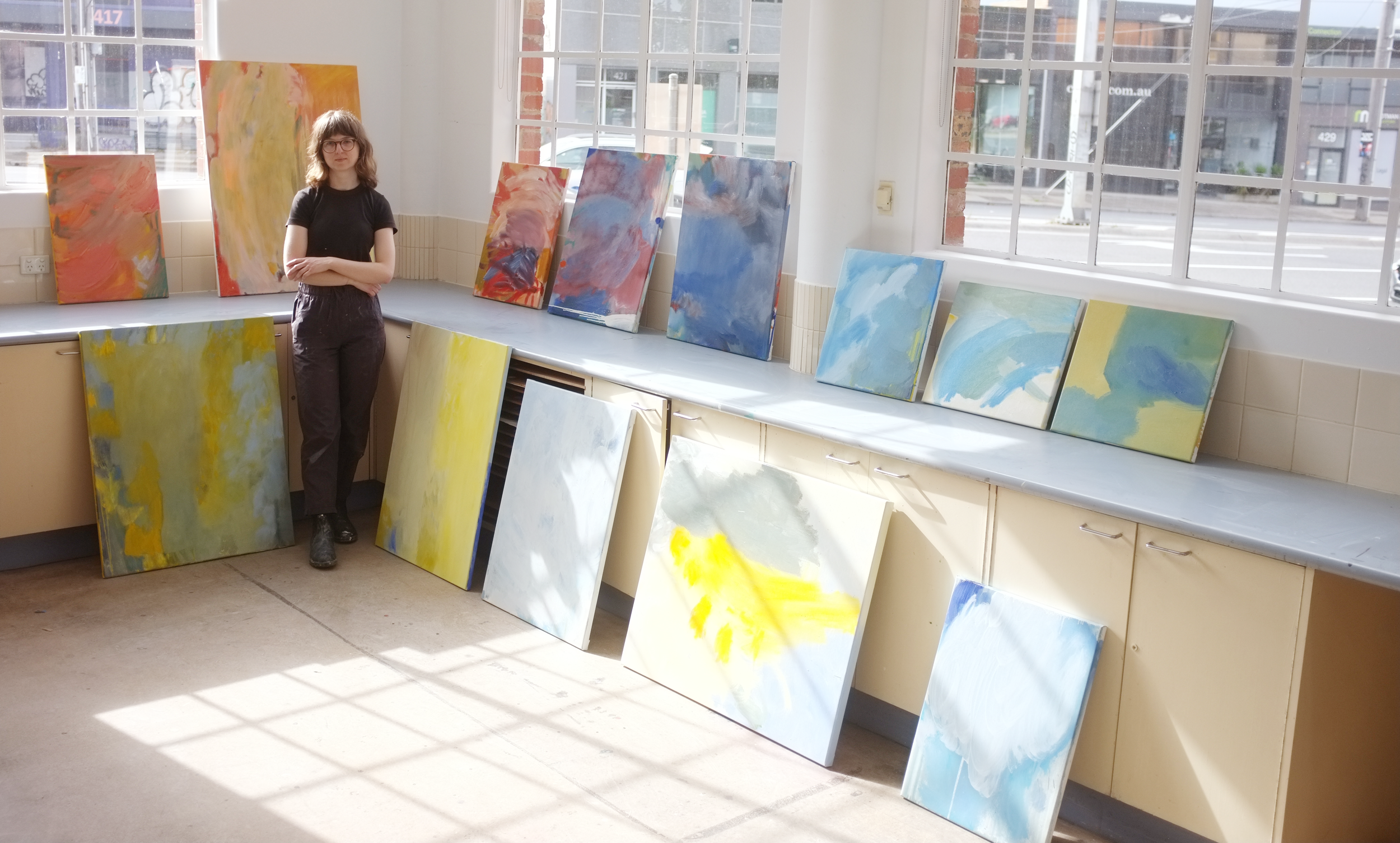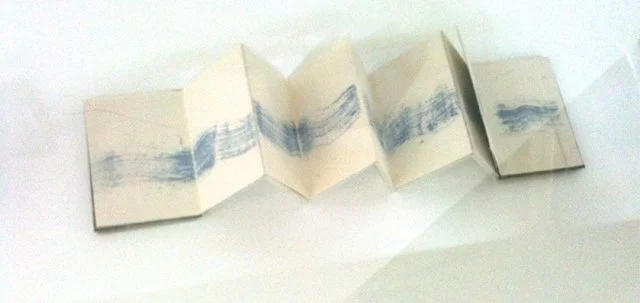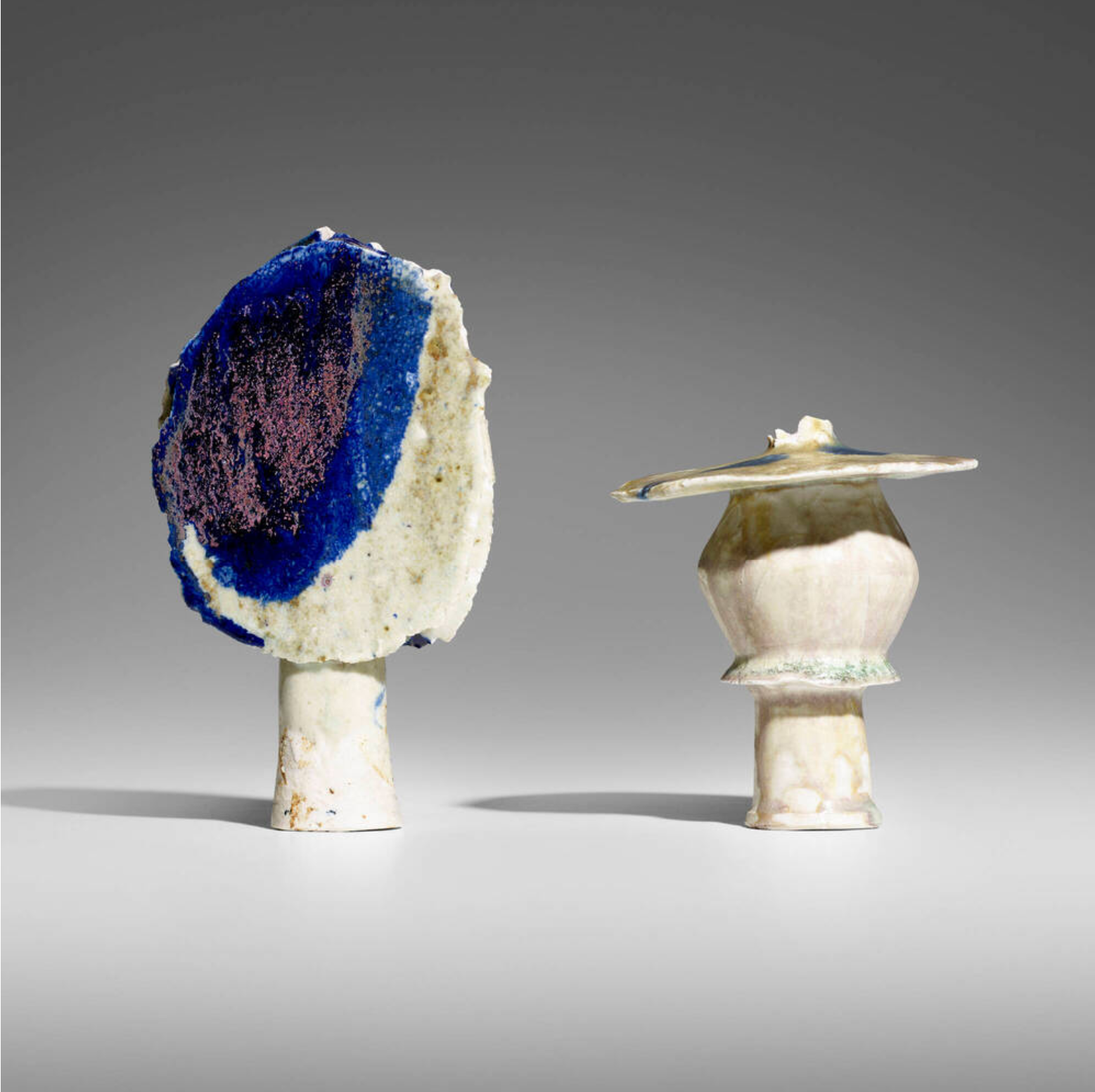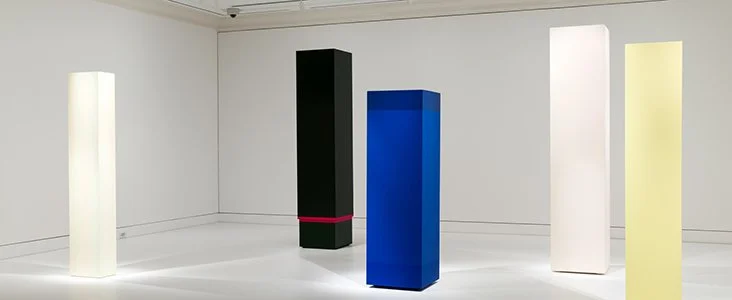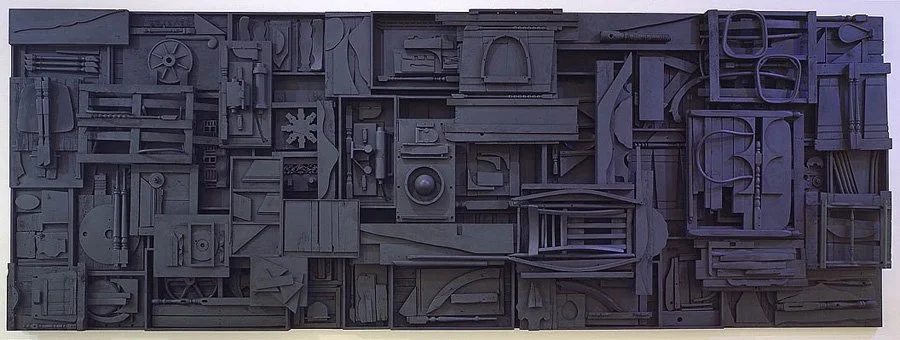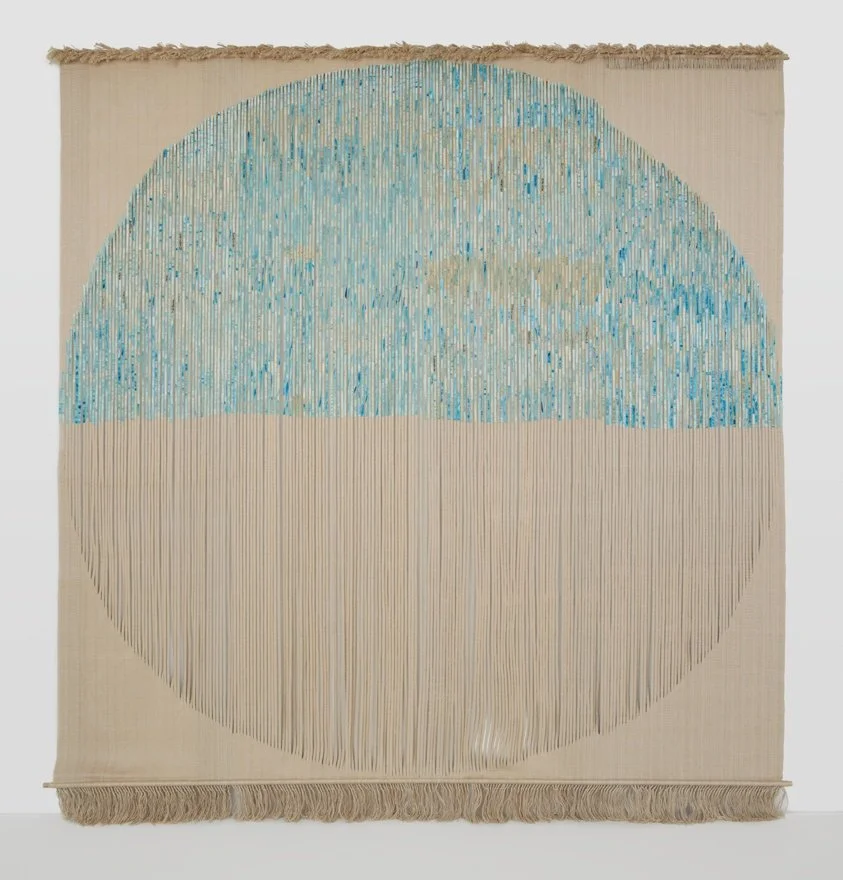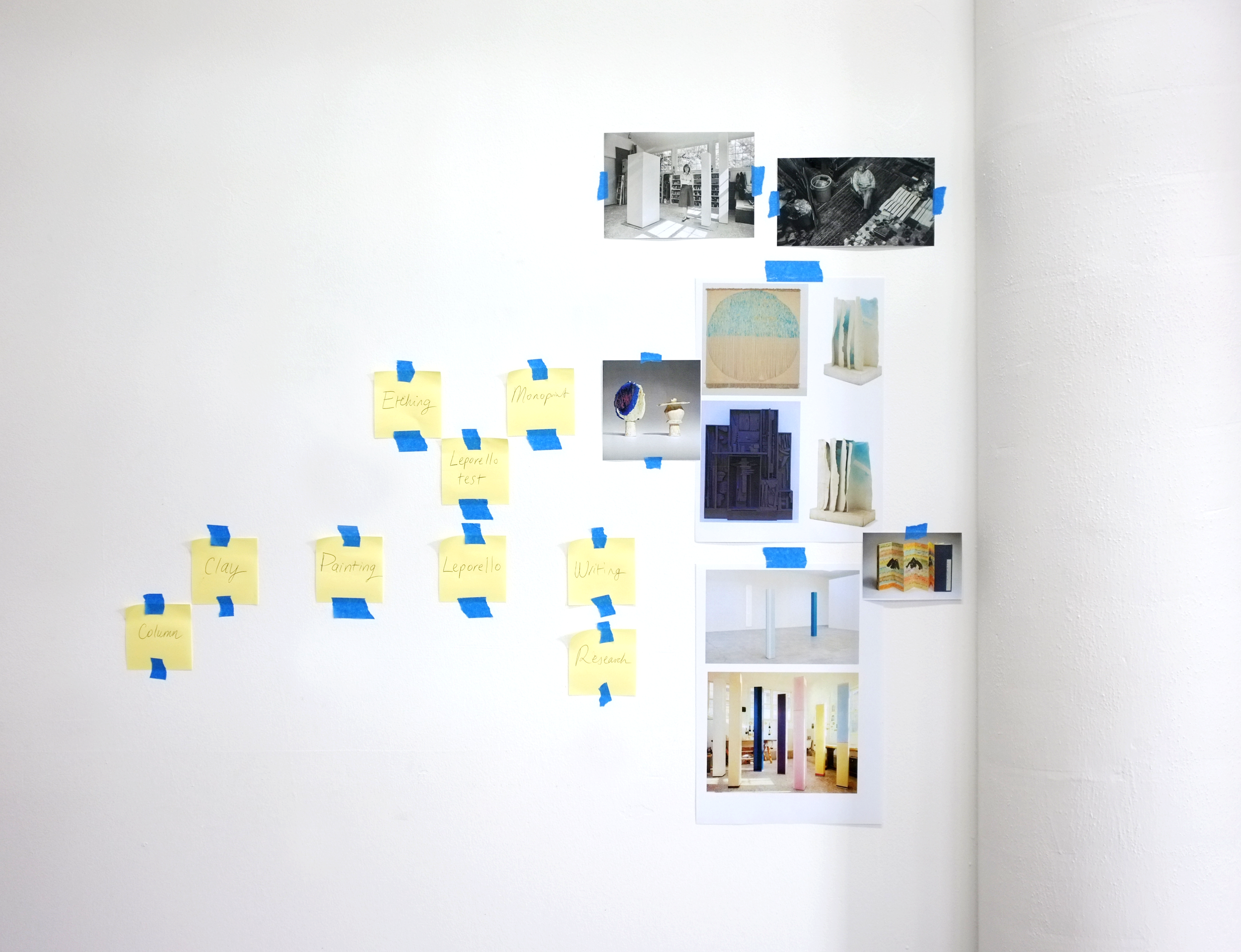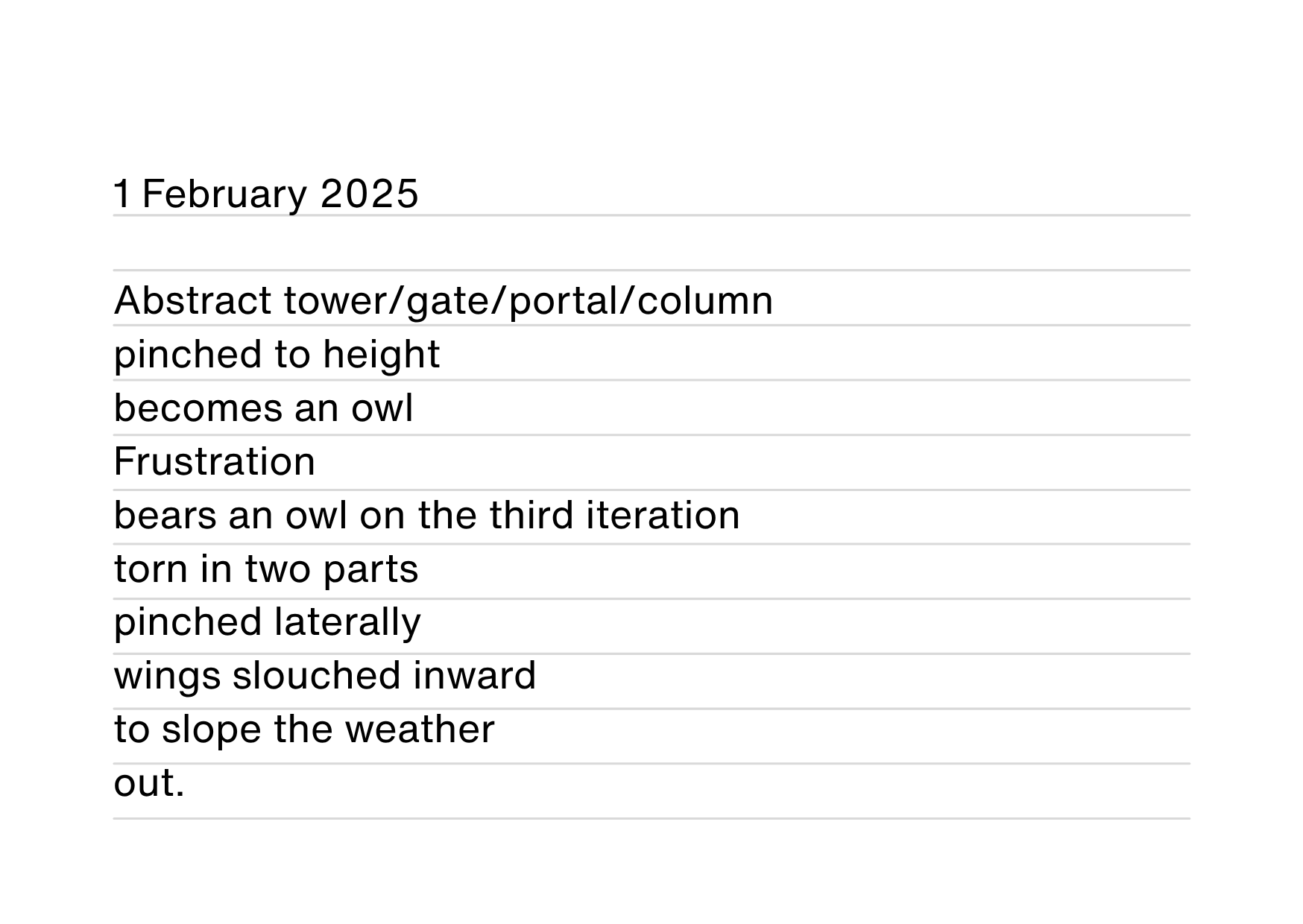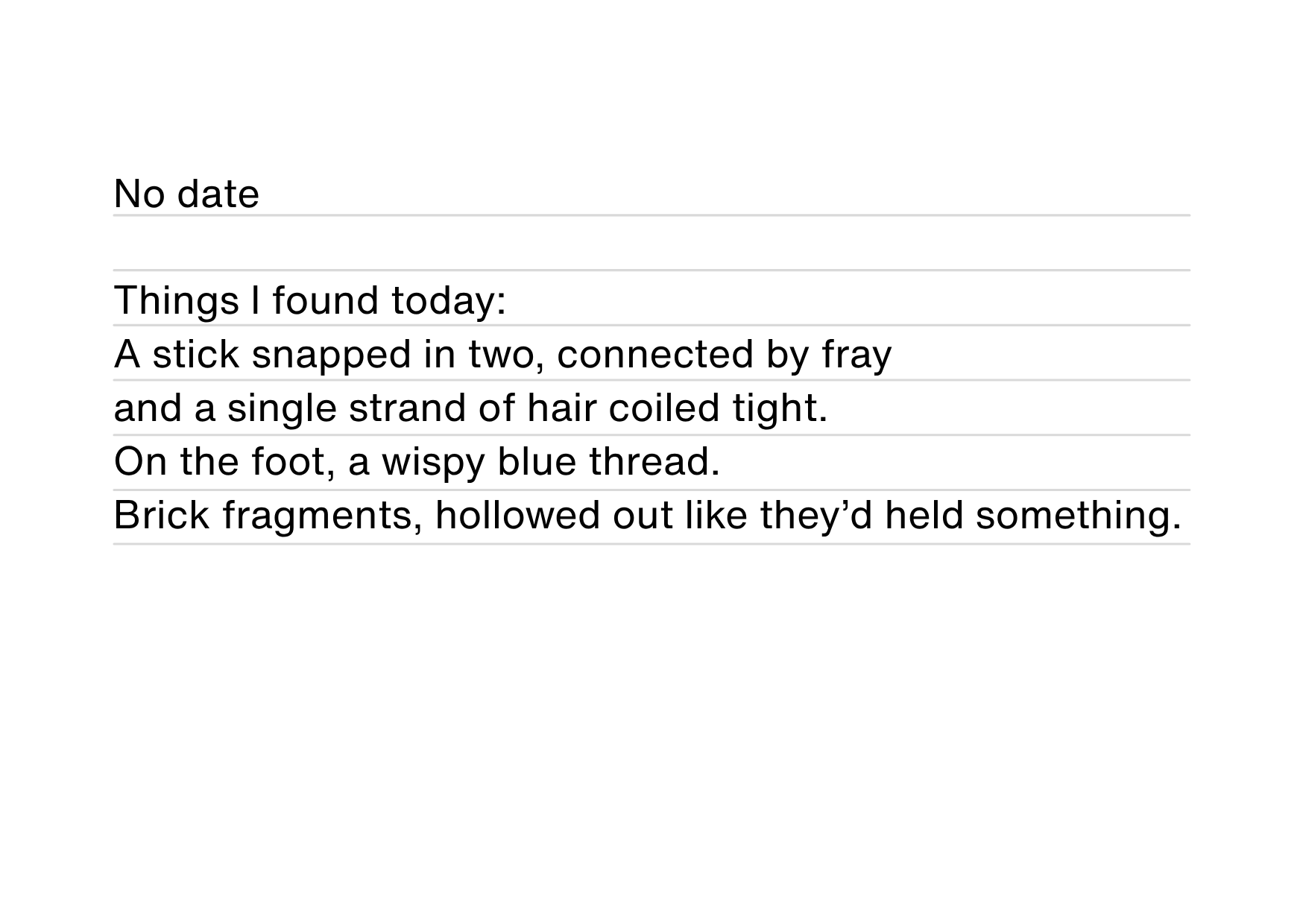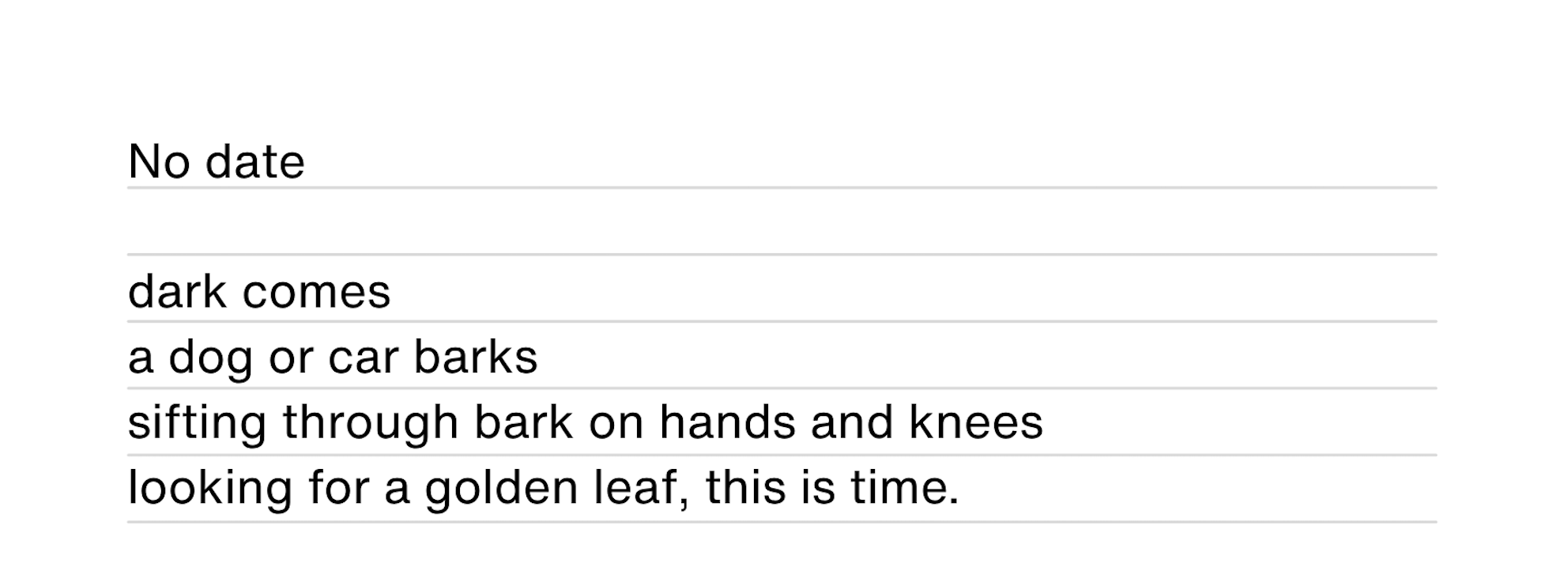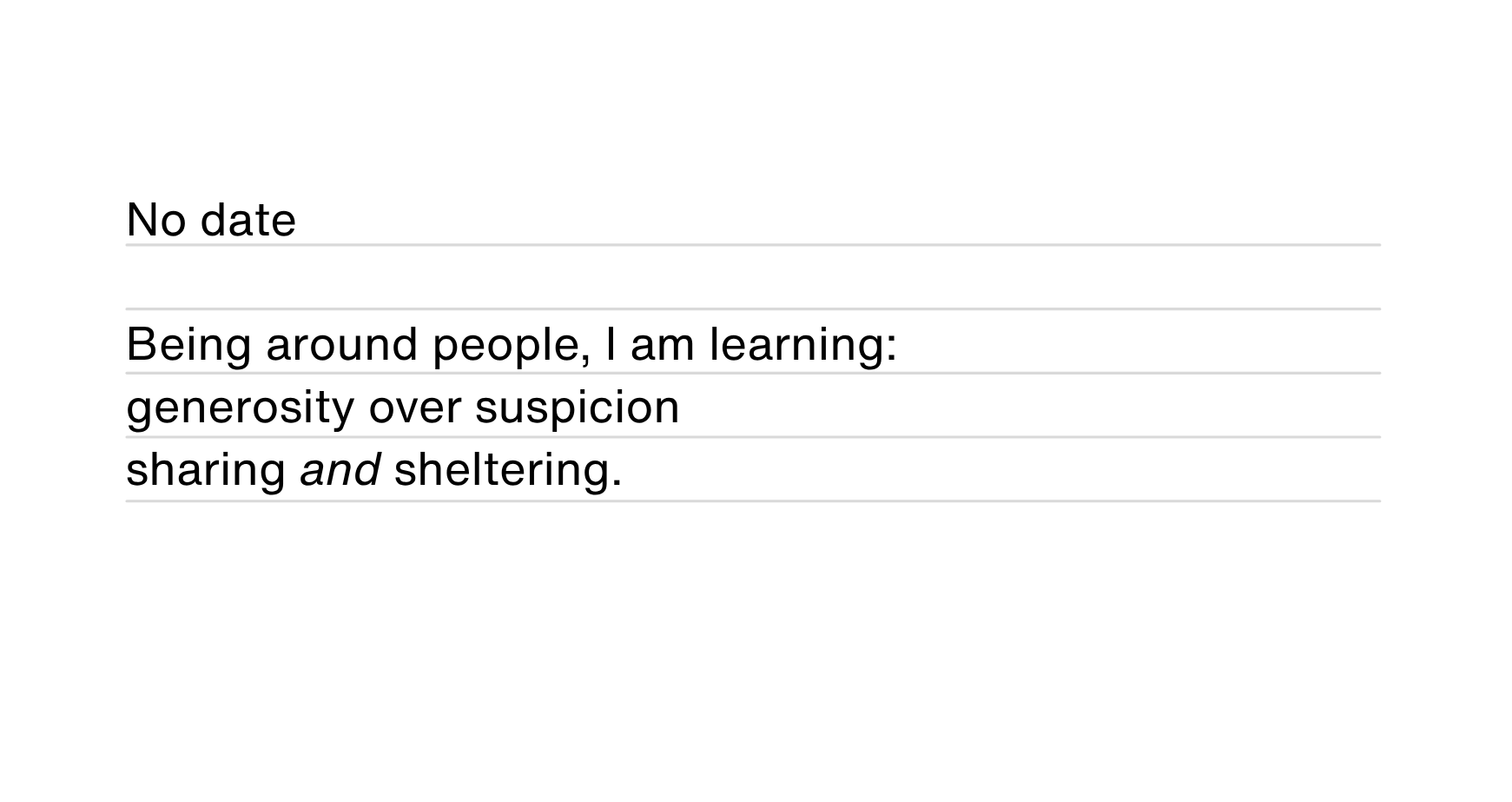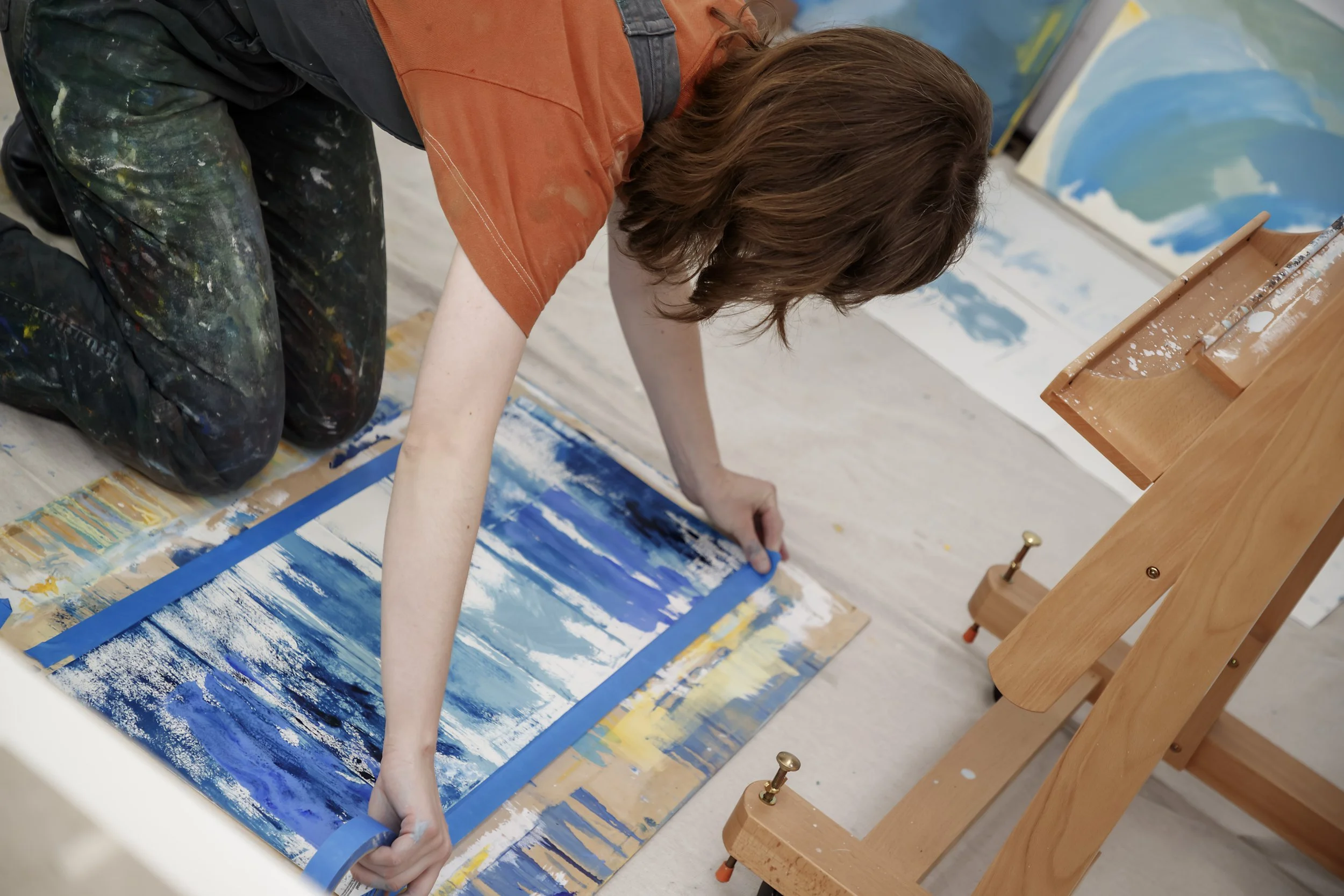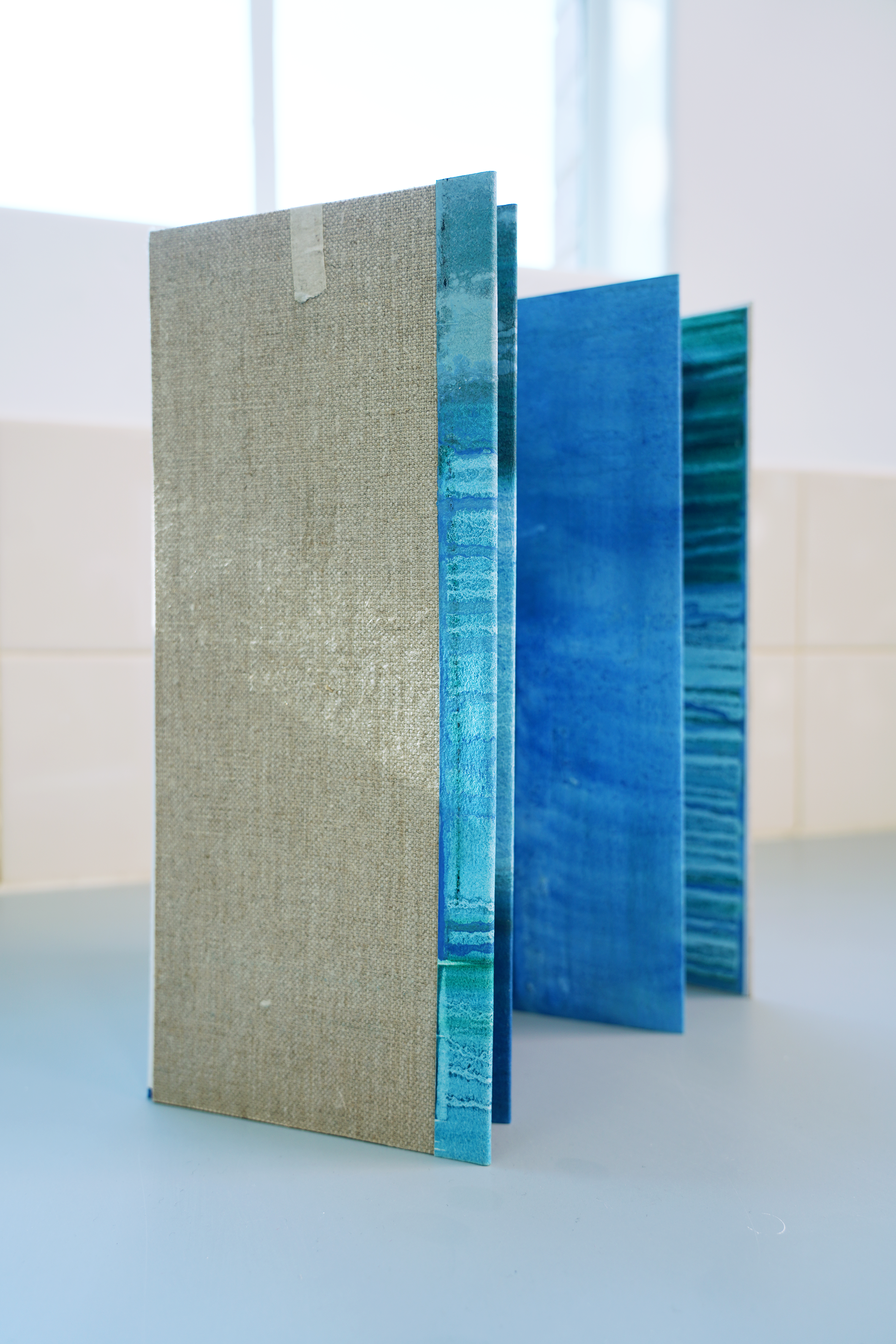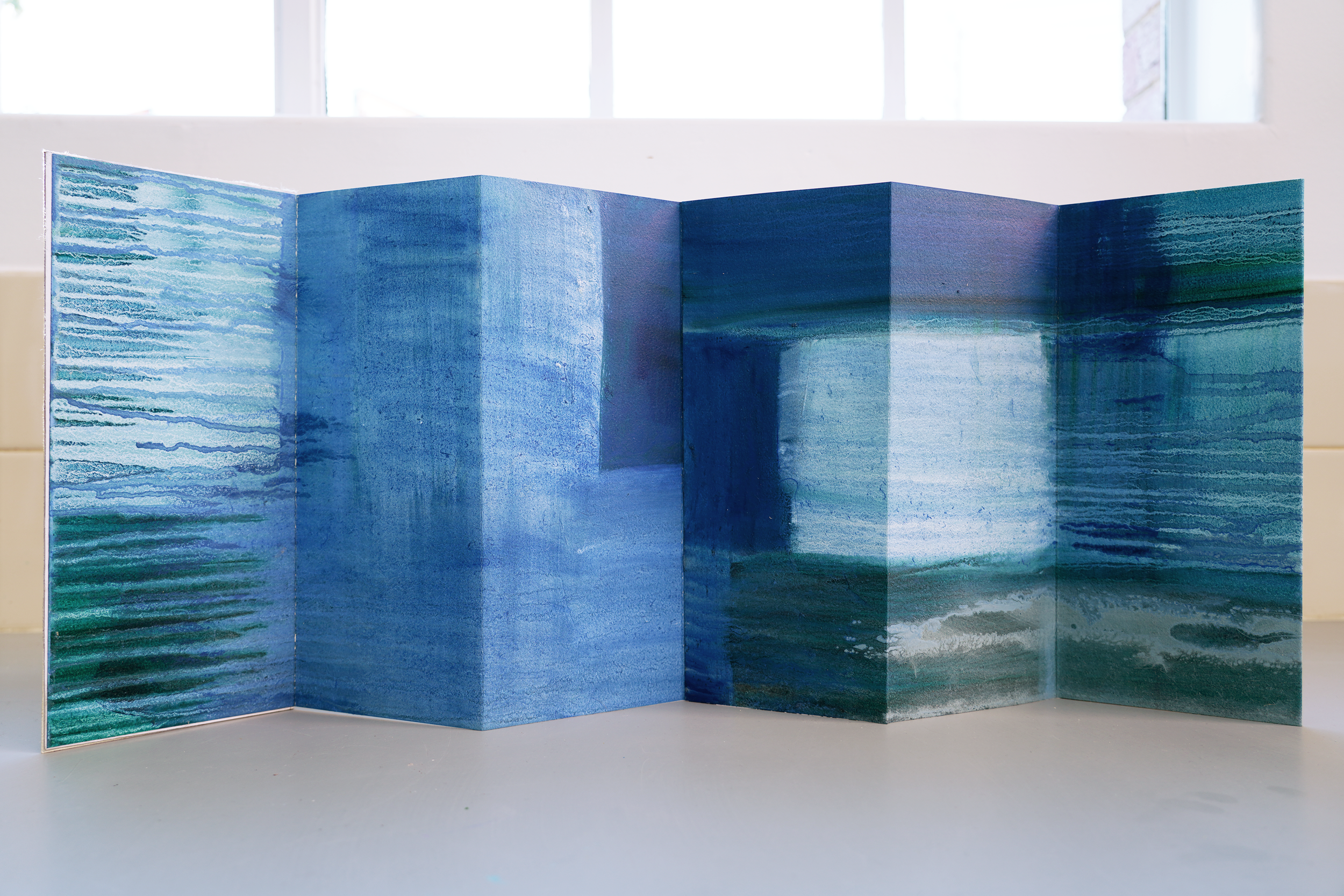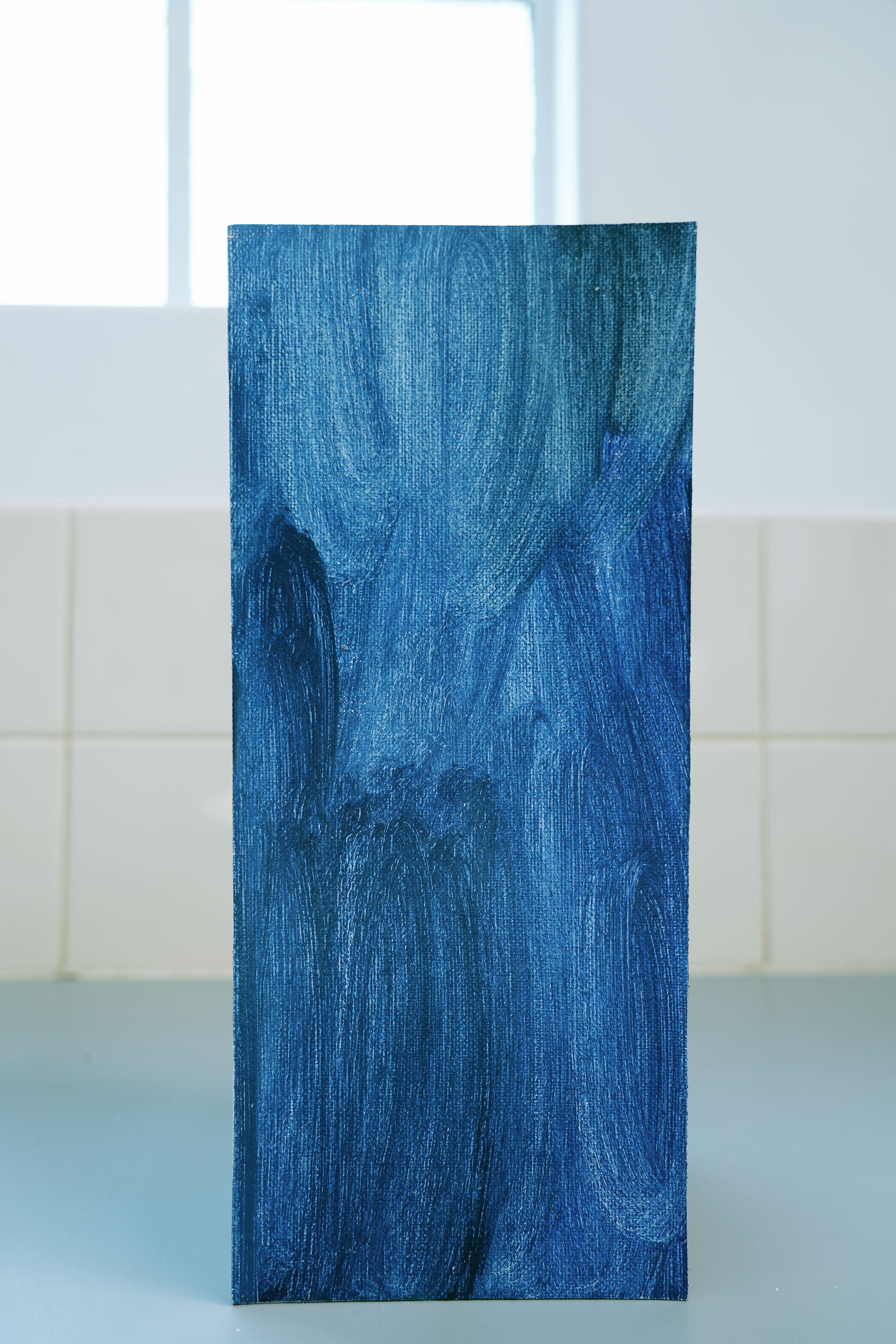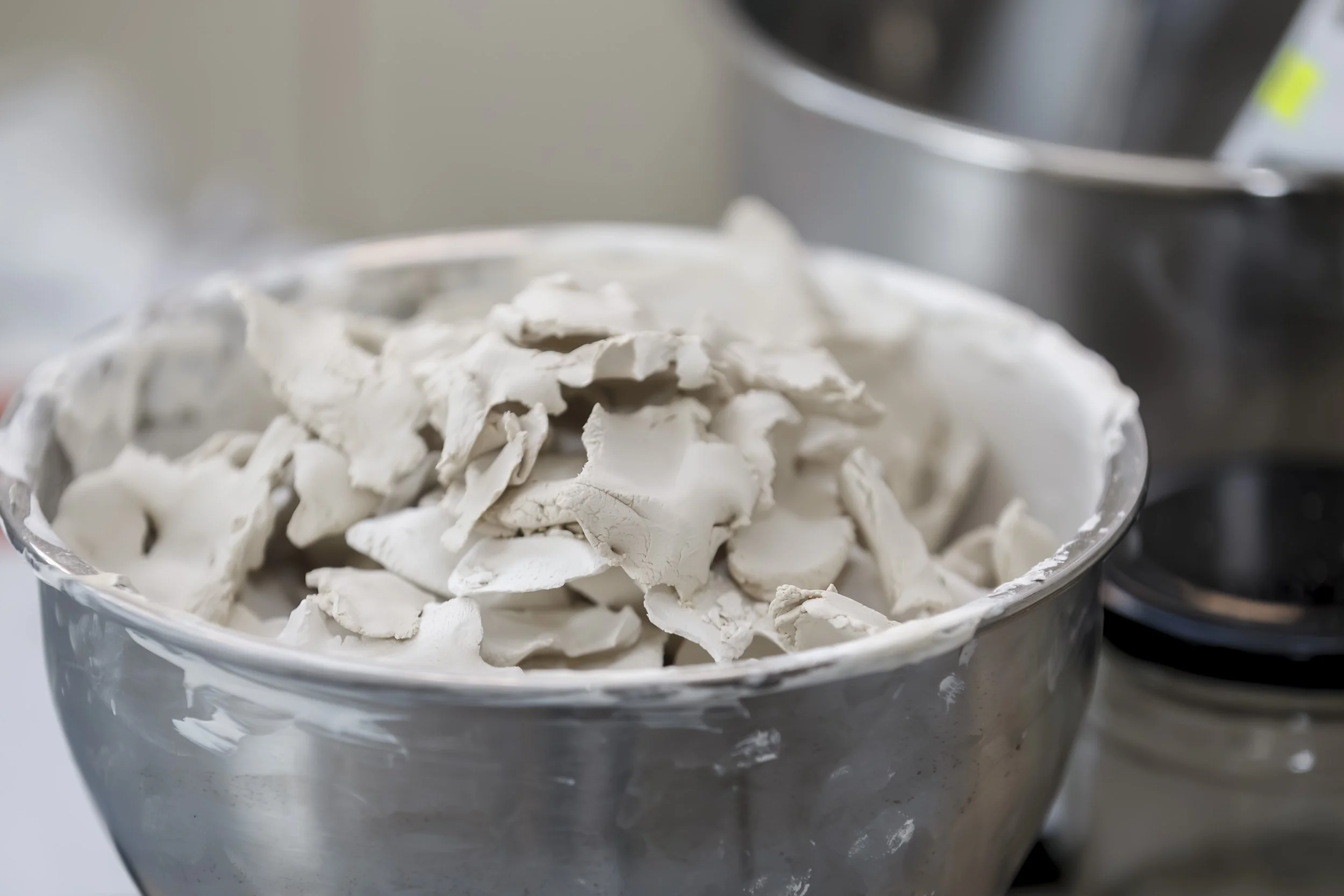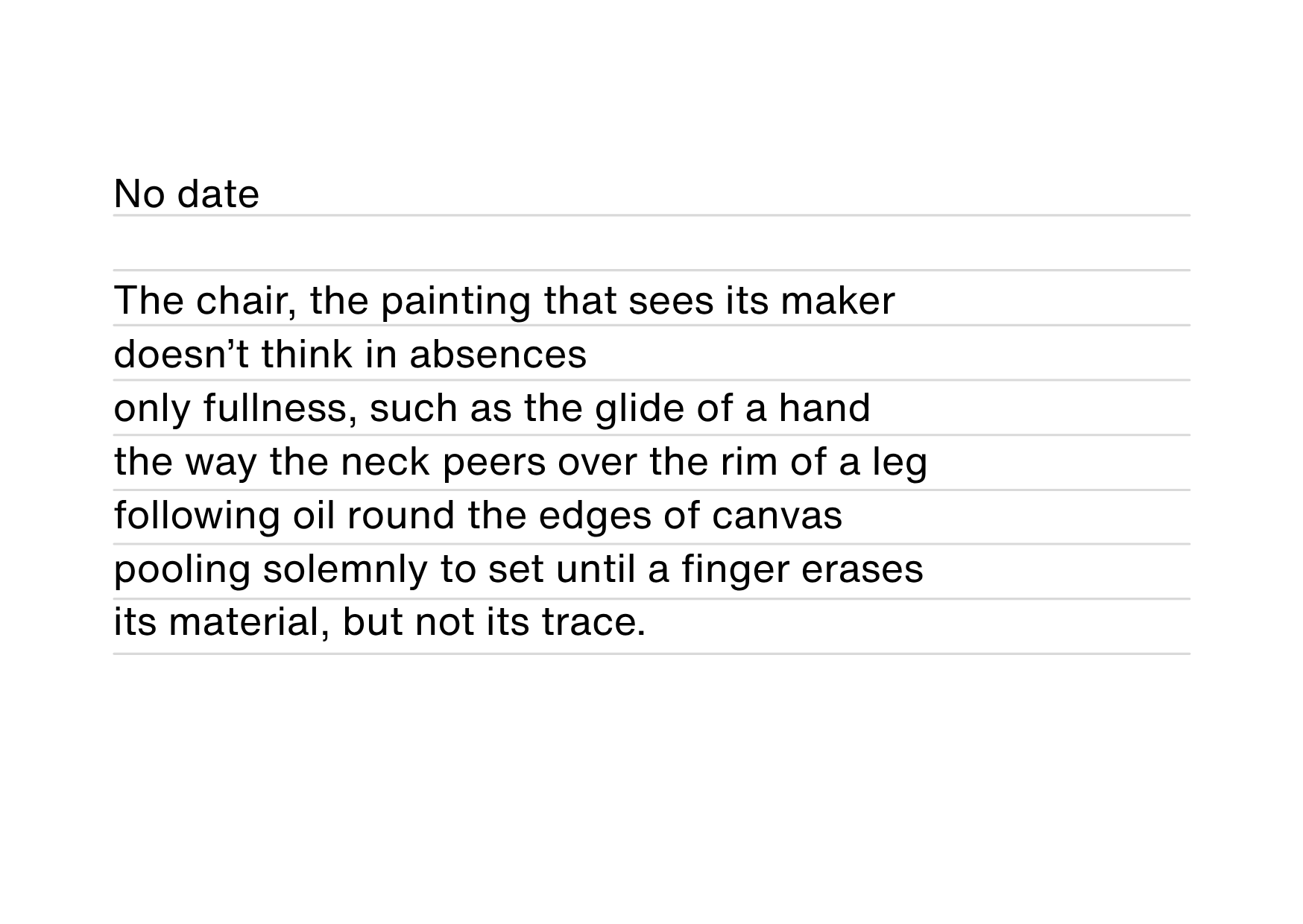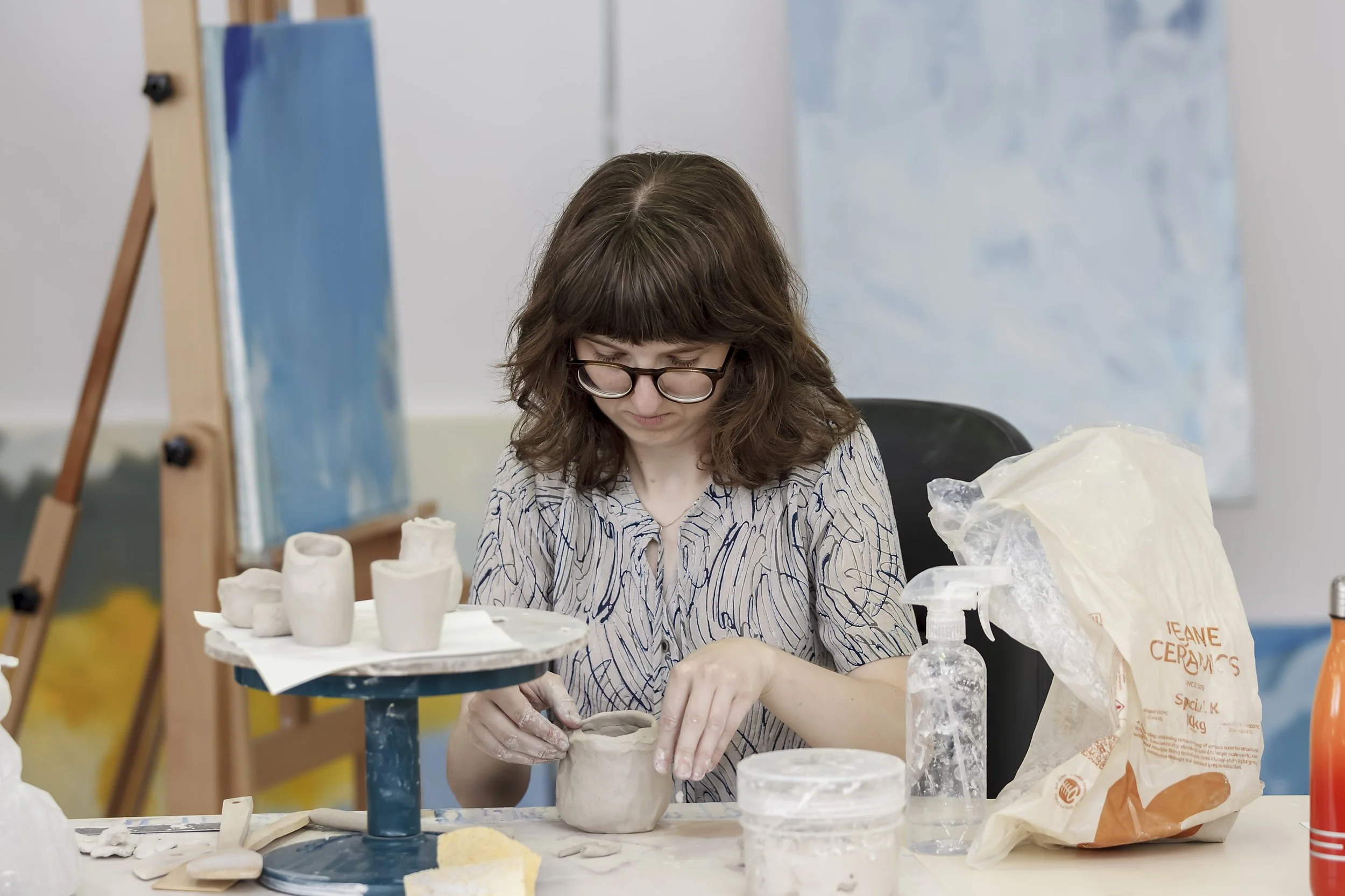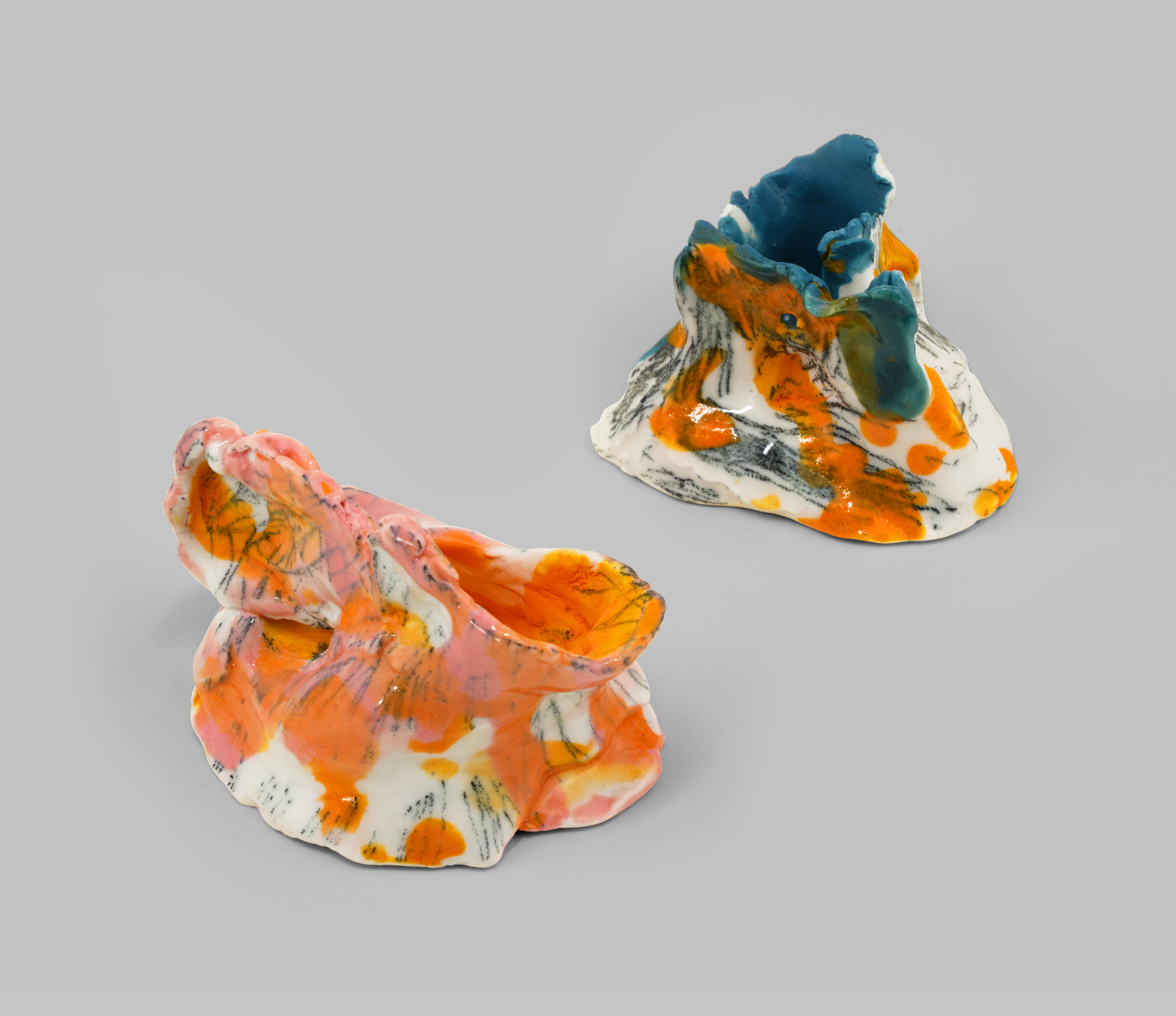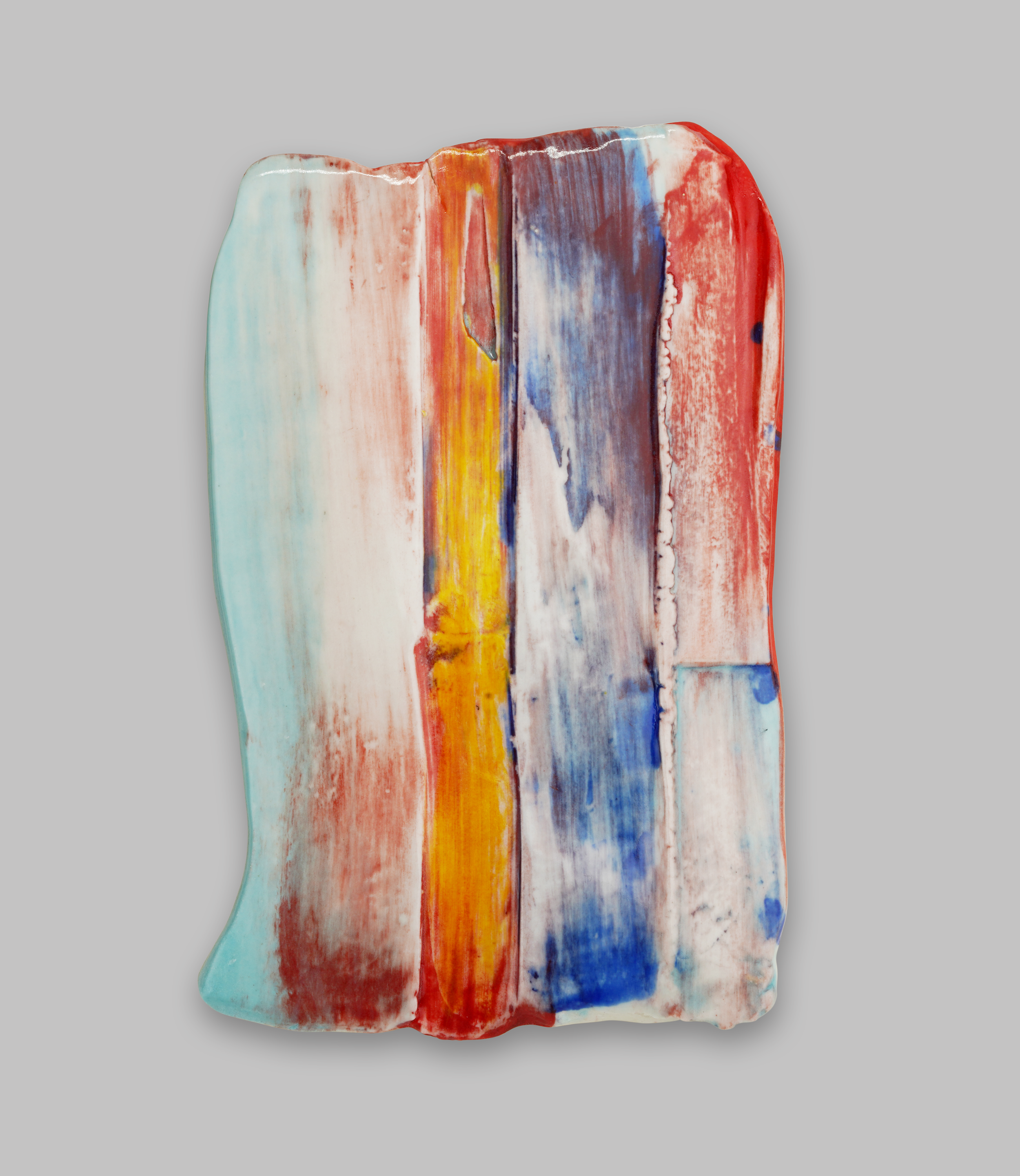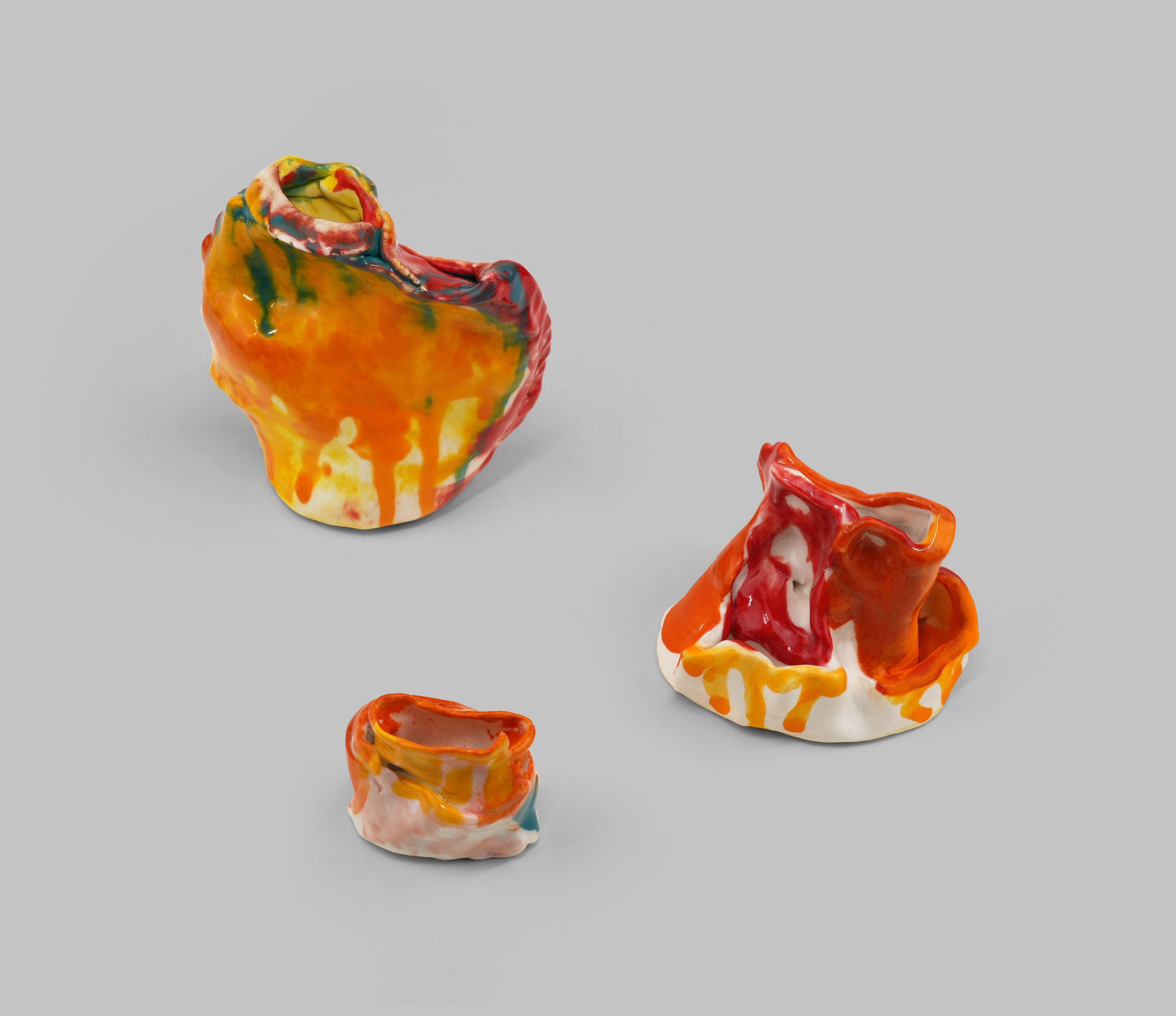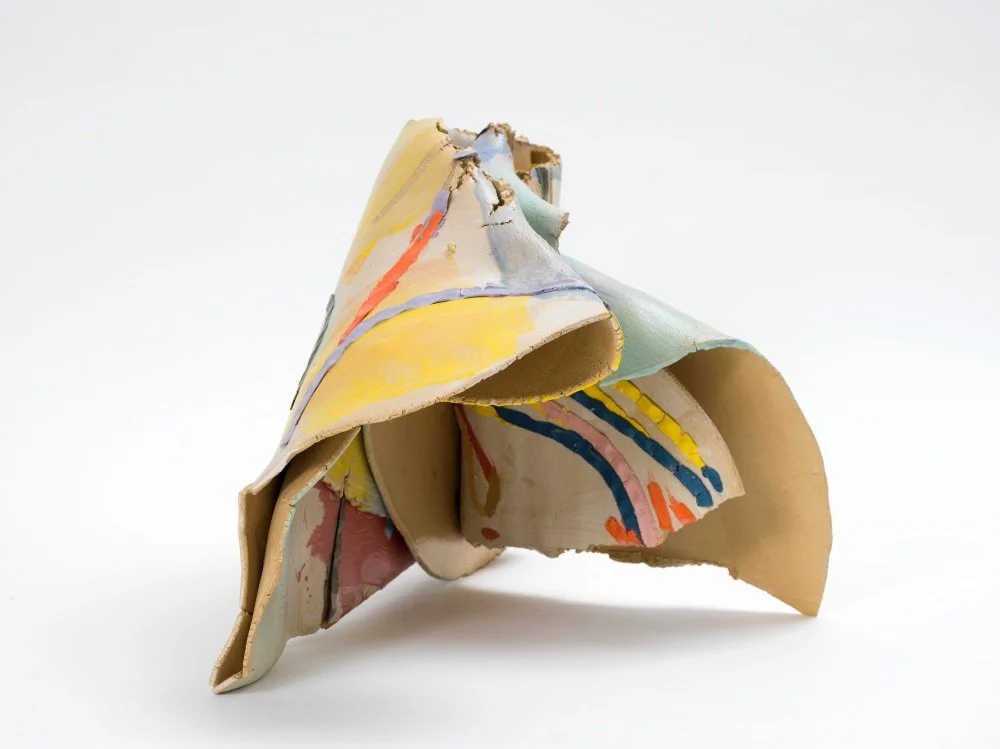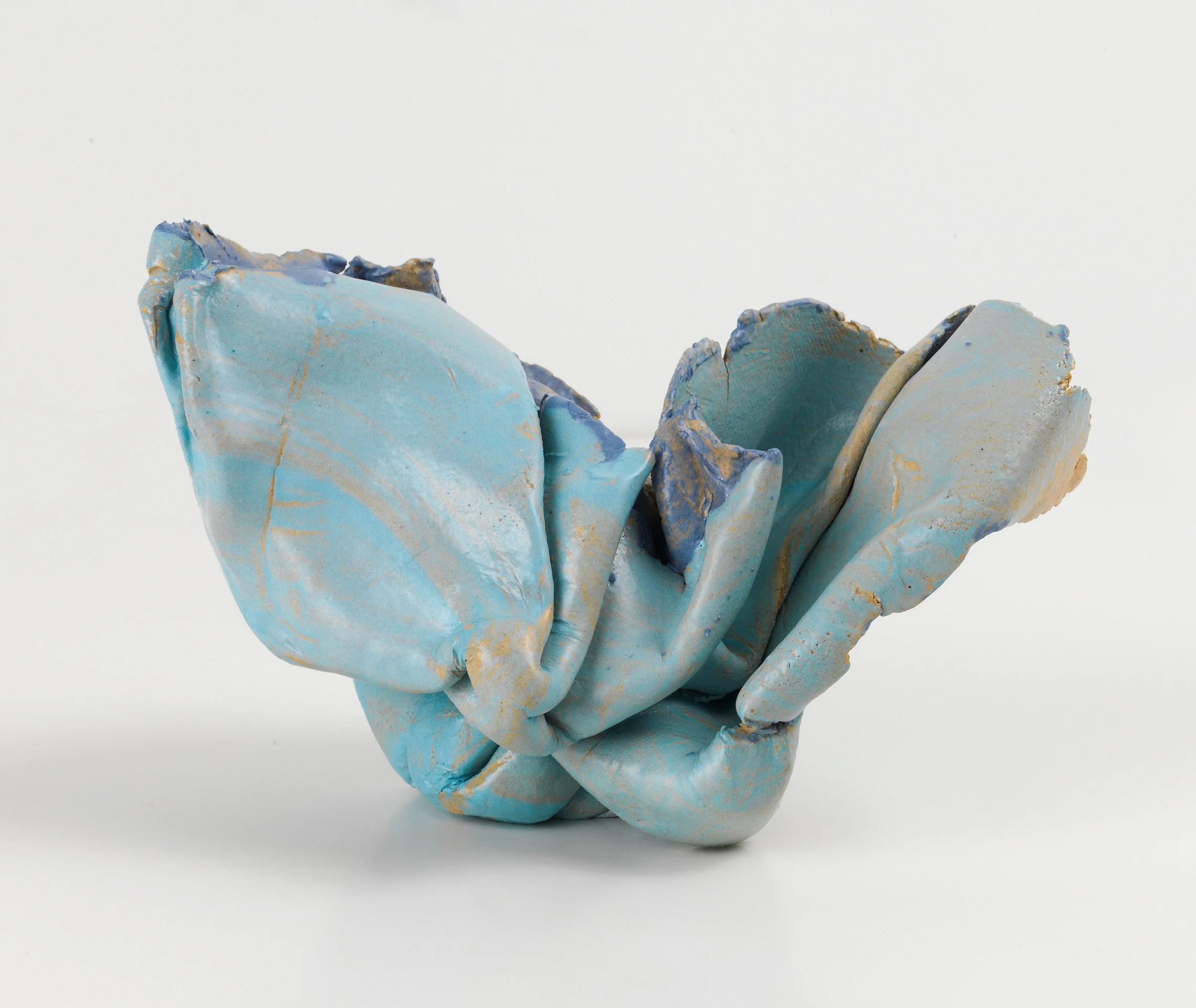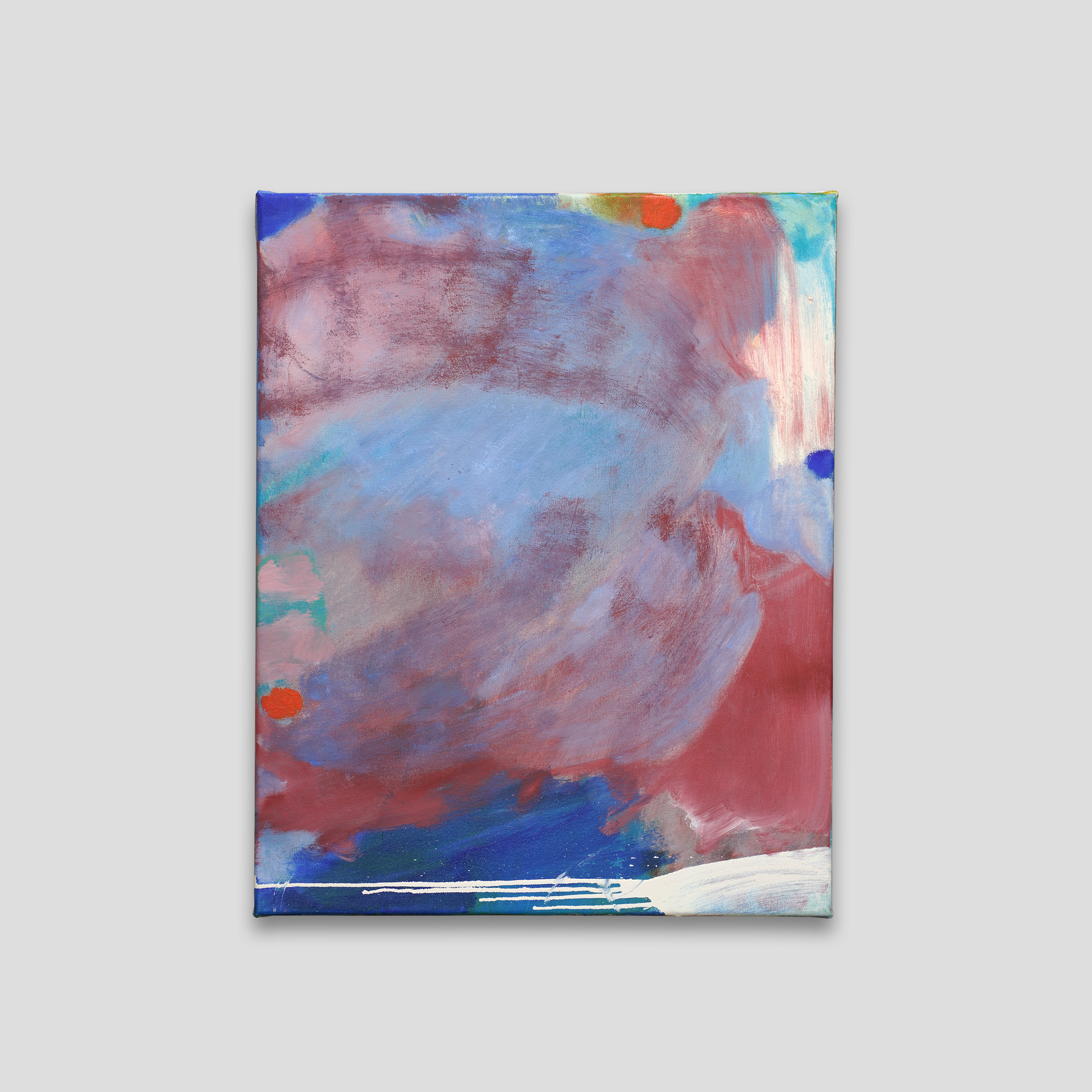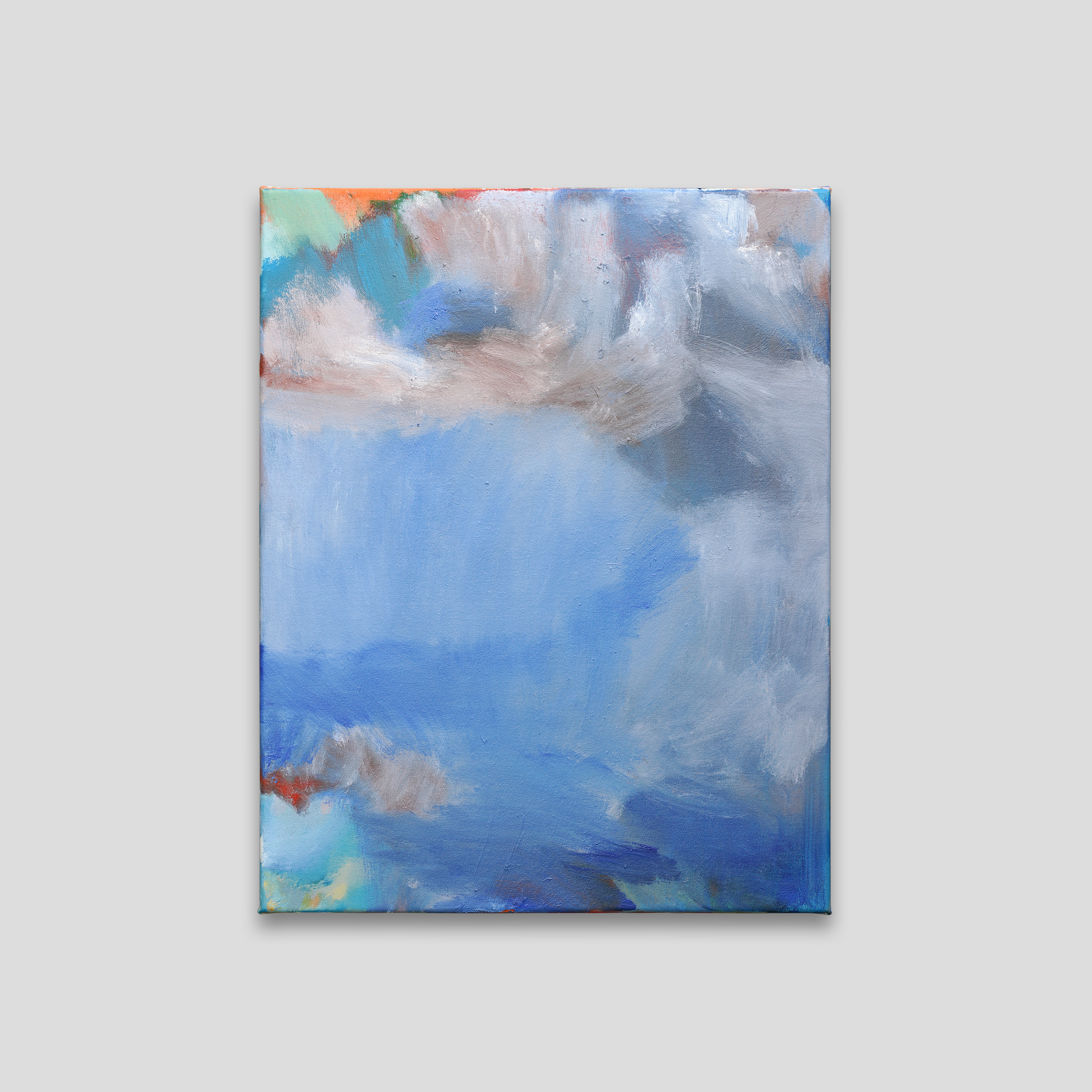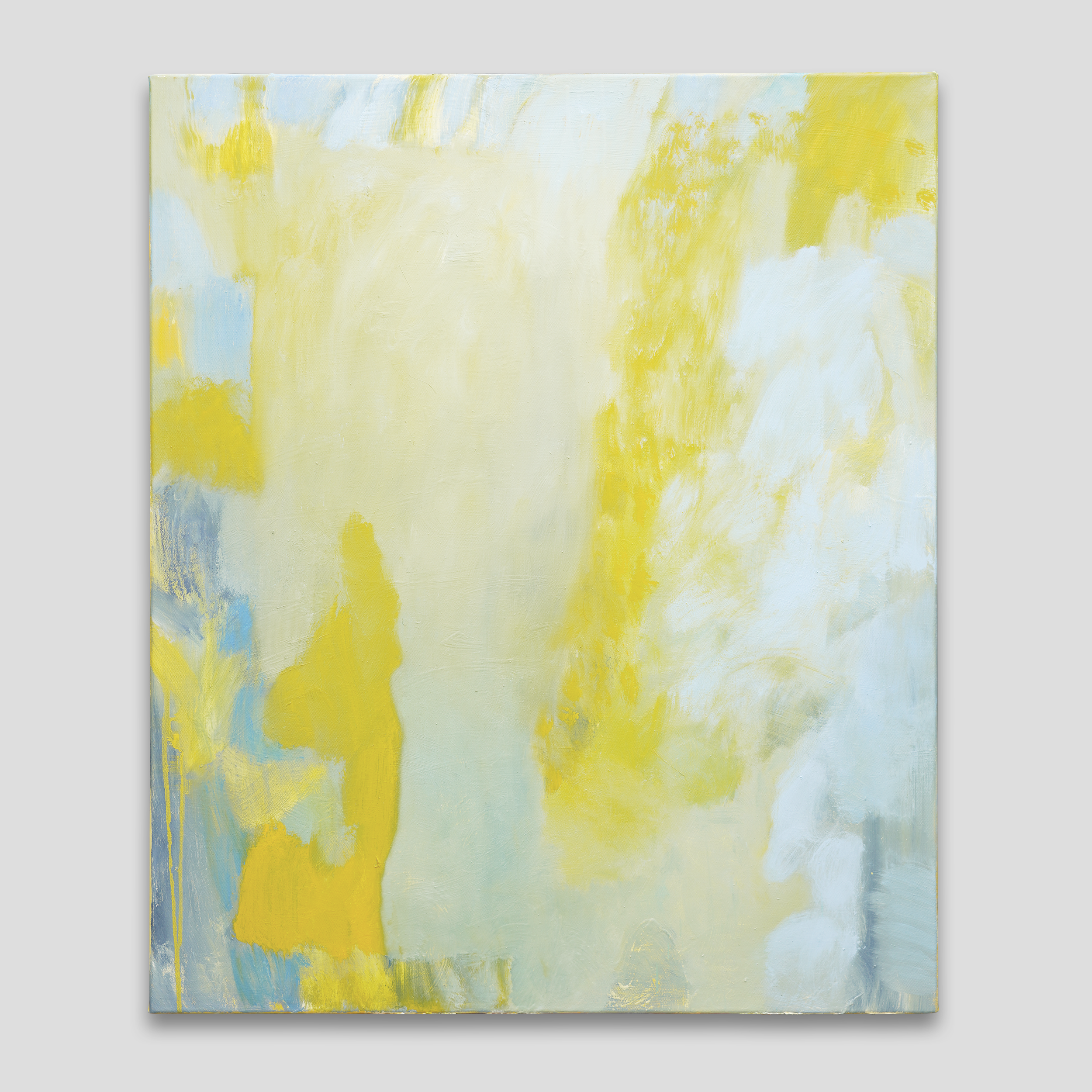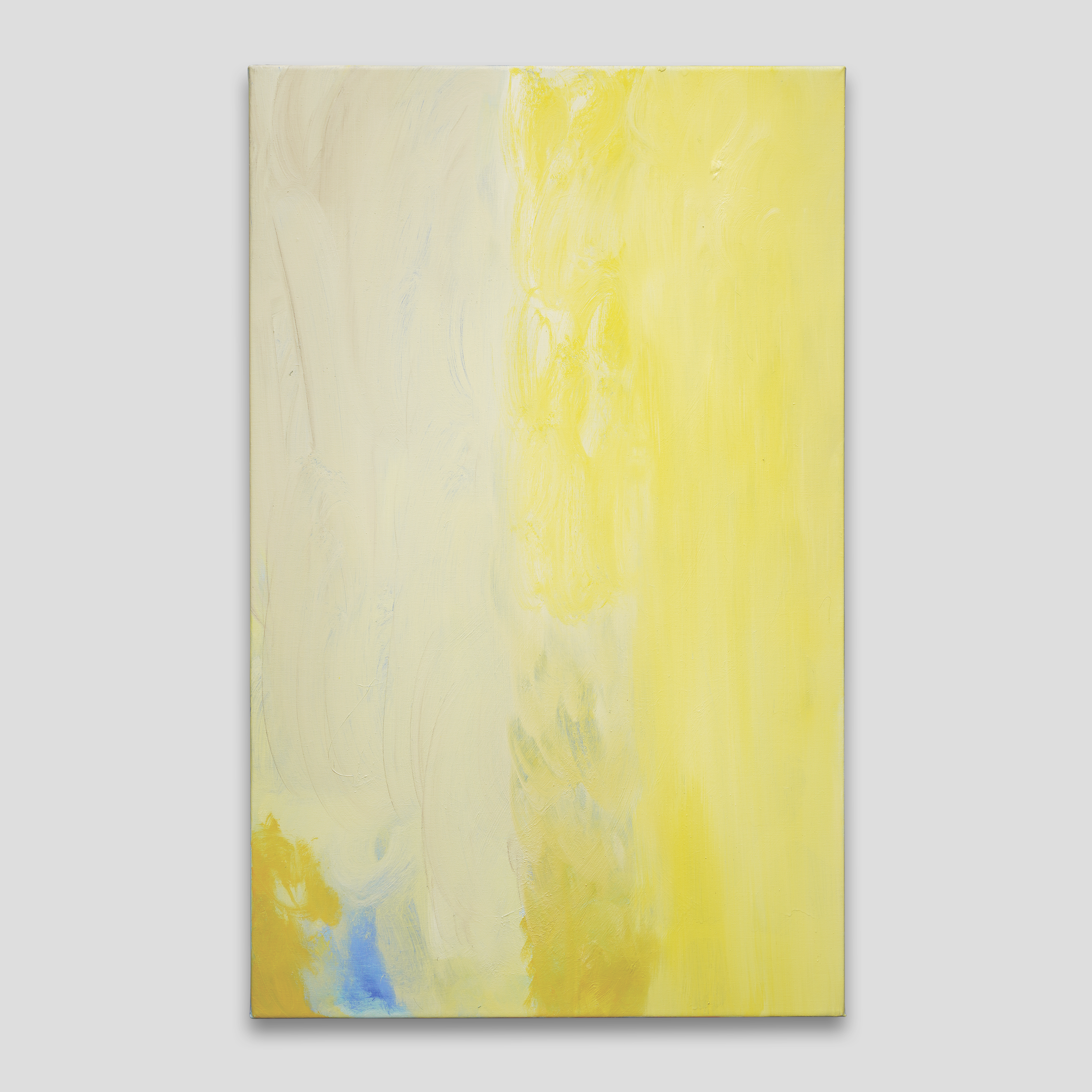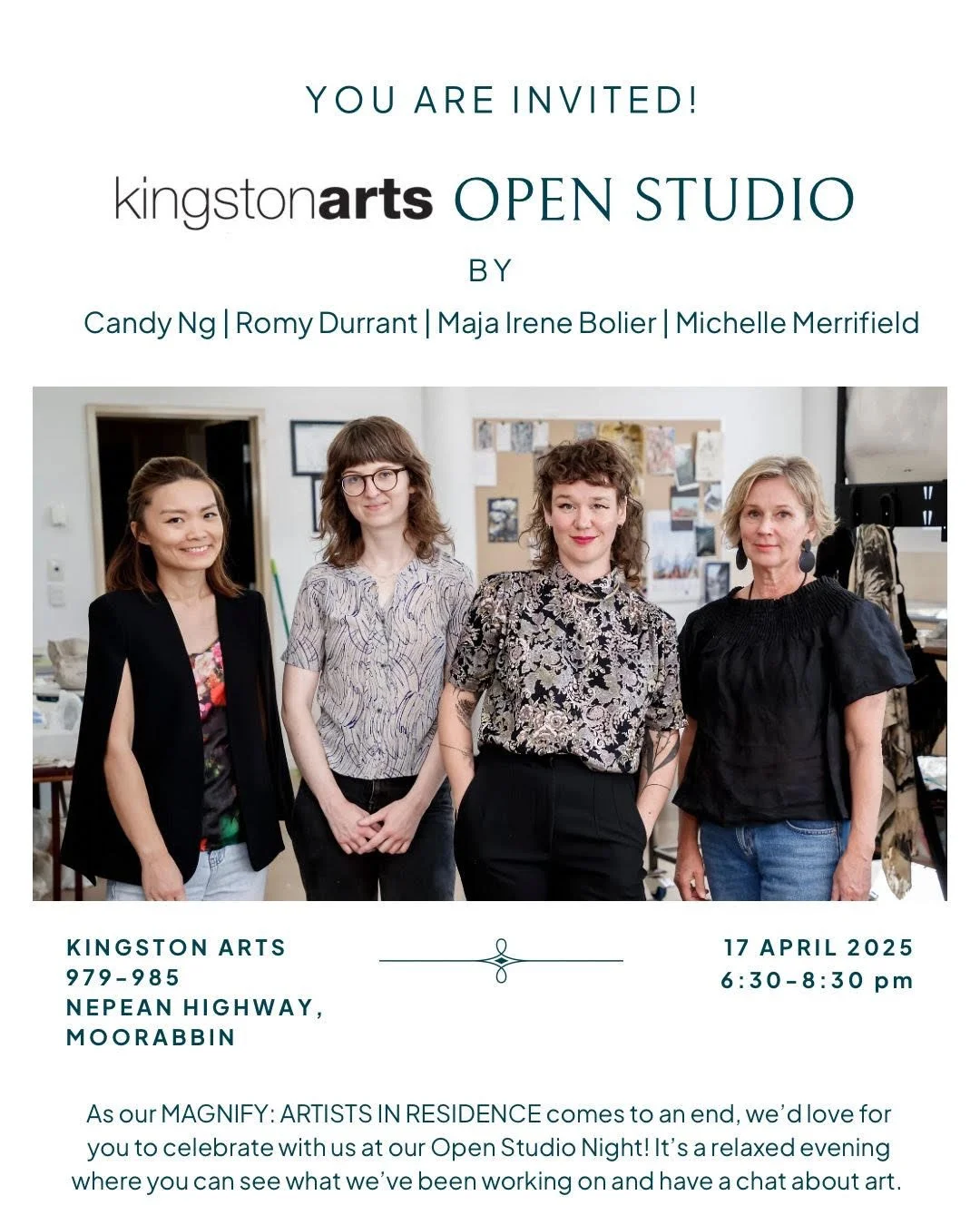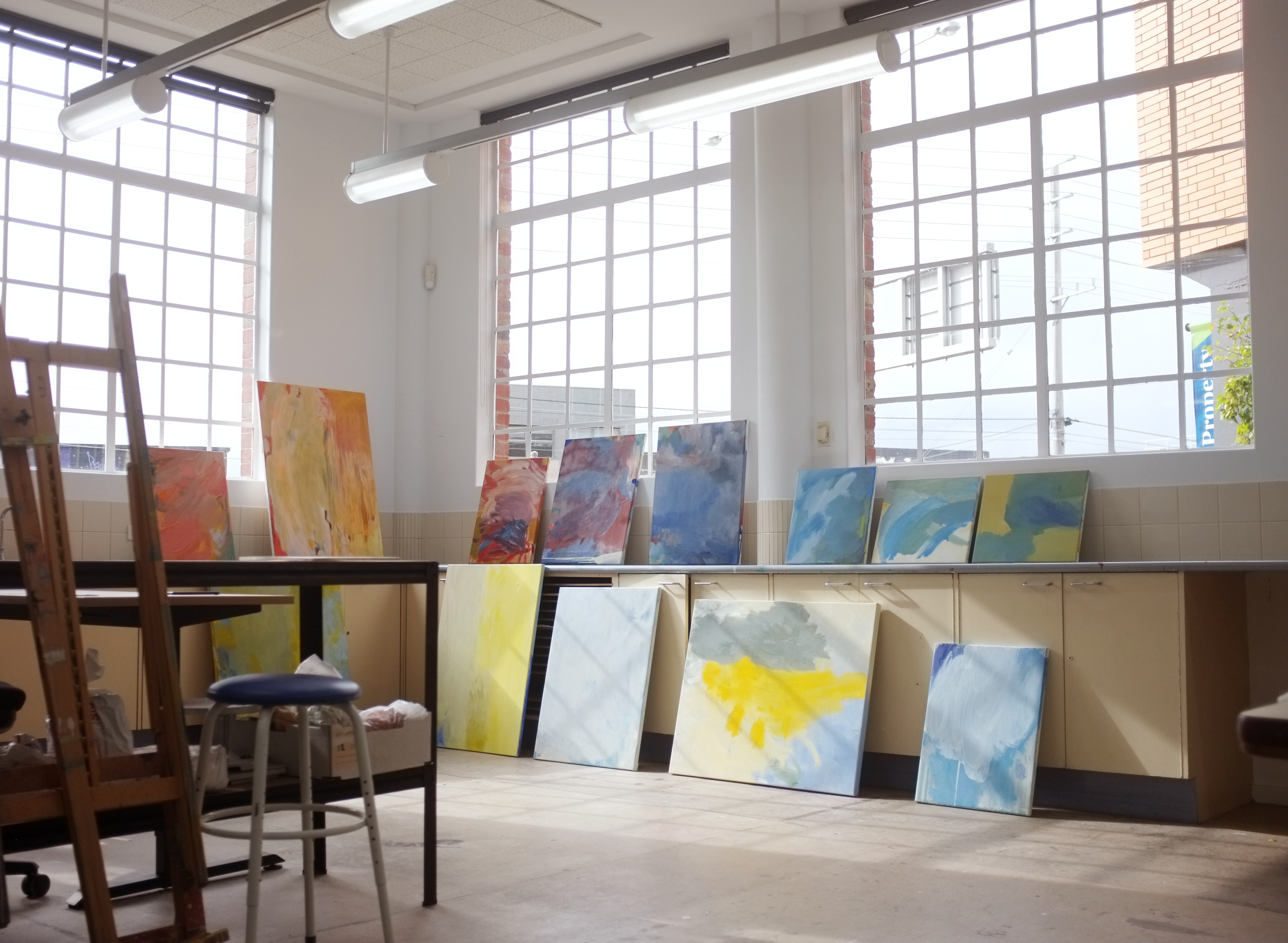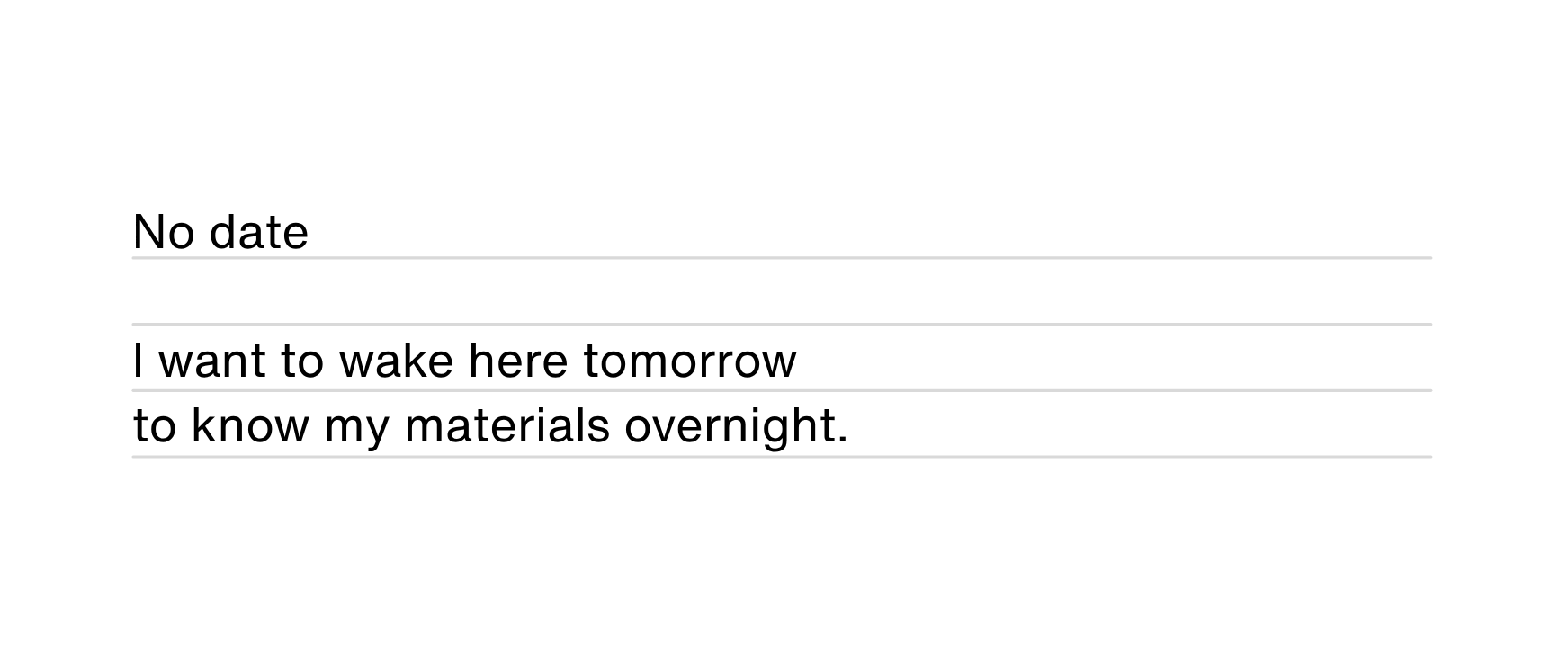Kingston Arts
Magnify: Artist-in-Residence
27 January - 27 April 2025
This year, I undertook a three-month Magnify: Artist-in-Residence at Kingston Arts. When I applied for the residency some ten months earlier, my proposal envisioned site-responsive exploration of the interdisciplinary crossovers of my arts practice (at that time, being painting, poetry and songwriting, with some foundational experience in ceramics), primarily through a relational lens. My interest in the relational experience of art-making originates from my lived experience of trauma as it intersects with my neurodivergence, and of healing made possible within community. I have come to know and understand my creative practice as a living practice — my primary tool for connection, and communication of self and identity.
When I arrived to Kingston Arts, I had concluded my first solo exhibition, Sentient Worlds, at Incinerator Gallery (Offsite Exhibitions). My fascination with abstract expression led me to other modes of minimalism and I grew fascinated by the work of artists including Geneviève Asse, Agnes Martin, Etel Adnan, Louise Nevelson, Anne Truitt and Ruth Duckworth. I was interested in their translation of experiences such as outsiderness, exile and queerness (though not exclusively) to abstract methods and materiality.
Early inspiration
Etel Adnan
Genevieve Asse
Anne Truitt
Ruth Duckworth
Louise Nevelson
Lenore Tawney
Above: My studio wall, showing post-it notes and images mapping the early stages of concept development and inspiration. I identified four modes of working with and synthesising my ideas: clay, painting, leporello books and writing/research.
My first four weeks of the residency were spent engaged in research about these artists, their methods, critique and corresponding philosophies alongside my autobiographical writing practice (poetry and prose), which dealt with themes of intimacy, isolation and artistry. I documented these relationships between my practice and research in journal entries, which continued to feed into writing, further research — and so the process went. You’ll see some of my journal entries on this page.
The poem
I choose distance / to write about distance
to inch closer to / a feeling like
waterboarding
One of the questions I sought to answer was: How do I translate my research themes (distance and closeness) into my visual arts method (painting and ceramics)? I was also interested in how I might marry my artworks with poetry, as seen in the leporello (concertina) artist books of Etel Adnan (Journey to Mount Tamalpais), and Geneviève Asse and Pierre Lecuire. I drew connections between the themes of these artists and the themes I saw present in my practice — tensions between the unfinished (artefact) and the infinite, acts of assemblage as storytelling and world-making, the lure of the liminal space in an authoritative, omniscient world.
Here are three leporellos I made during the residency using repurposed studies on paper from previous projects. This was my first time making artist books.
Book 1 and 2 (both oil on Arches paper) are dressed with linen covers sourced from offcut linen rolls.
Book 1’s cover is unprimed, and paper reaches around the edge from the inside.
Book 2 utilises oil monotype (oil transferred from an etching plate onto paper), brush application, drips, and erasure methods.
Book 3 (oil on oil sketch paper) makes use of some cardboard torn from a parcel which contained a ceramics supplies order, again with paper extending along the edge.
Each book is a study of colour and surface. The folded page introduces ambiguity to their relationship — where one section ends, another begins, however they continue to function as a whole, even when collapsed.
The leporello artist book
While my meticulousness led me to discovery and refinement of my ideas, the residency had other plans for me.
Sometimes, trying to contain and shape ideas yields the opposite result — they wriggle and squirm against your hand, slip out and assume new form. As I relaxed, so did my plans and I started to enjoy just playing, and experimenting — following my nose. When you are in the flow of a work, on its unbreakable wave, you momentarily forget your humanness — until something (a mark, a meander) upsets the balance, setting you further afield or back, and you must rise to meet the challenge. The more I resisted a work, threw rules and order at it, lost myself in product as opposed to process, the more clearly I saw and resisted myself. I saw through my relation to the painting a struggle with a pure animal, made demonic for what it revealed about myself — something ugly, and angry. The more moves I made and material thrown at the surface, the less room there was for a way through — revealing only an out, a starting over.
Ceramics
Above: Some of my ceramic sculptures after glazing. This was my first time using porcelain and underglaze.
I was inspired by the ceramic works of Ghada Amer, in particular her perforated edge and painterly approach to underglaze.
Susan Thompson (2021) writes: “Across each transposition of mediums, the through line of Amer’s work remains a love of painting, however deferred and redirected. The problematic of how to paint outside the field of capital ‘P’ painting has followed her throughout her career. … For Amer, one of the most invigorating aspects of ceramics is the potential to merge sculpture and painting by manipulating both form and surface.”
Ghada Amer has said: “With glaze, you cannot paint. The fire paints for you. I need to see the [colours]; I am a painter.”
Ceramic sculptures by Ghada Amer
Paintings
Oil on canvas
62cm x 56cm
Oil on canvas
62cm x 56cm
Oil on linen
93cm x 76.5cm
Oil on linen
91.5cm x 66cm
While at the residency, I produced works I am pleased with, but the most valuable piece of this focused period of development is what it revealed about my relationship with my practice. Value exists not only in what amounts from giving to my practice — the time, energy and diligence I can afford when I have the resources to do so — but what my practice gives to me — patience, moments of vulnerability, recognition of the need for rest, and unreserved resourcefulness. I’ve come to understand how we — my practice and I — relate to one another as animals through a tender ecosystem of need that I am committed to growing and conserving, equally.
Kingston Arts Open Studio
On 17 April, the other artists and I held an informal open studio to celebrate the conclusion of the residency, share work and refreshments. We were grateful to be joined by friends, family and supporters alike and were uplifted by the support, love and curiosity in the room that night.
I was privileged to work alongside Candy Ng, Maja Irene Bolier and Michelle Merrifield during my time at Kingston Arts. I will remember and continue to take inspiration from their boldness of ideas and craft, and the kindness and openness each of them offered to our little bubble, our haven away from home, in the spirit of true community.
Please do yourselves a favour by following them:
Photos credit Yanni Creative and James MacLeod

